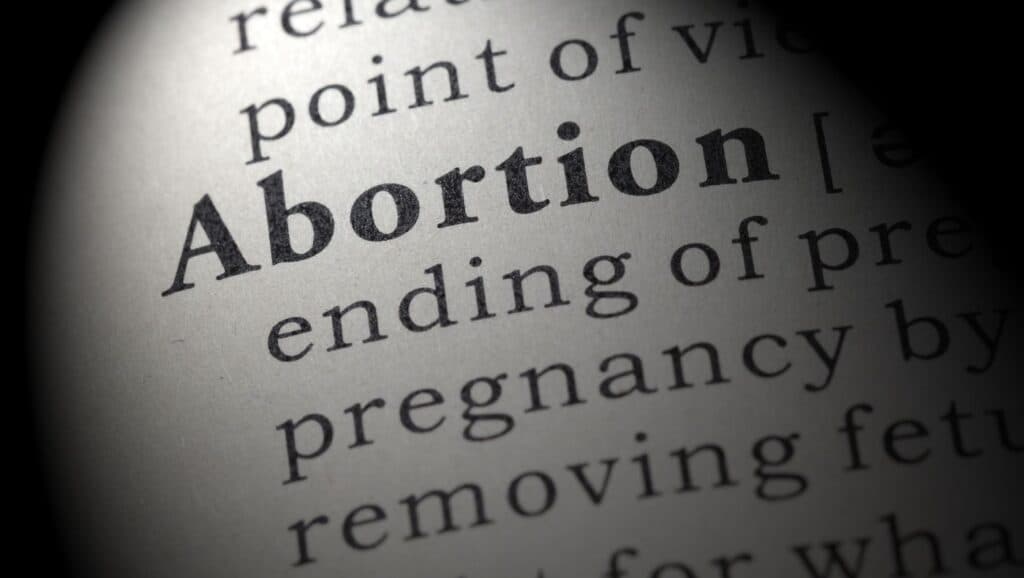
IVF Procedure
Assisted reproductive technology where eggs and sperms are fertilized in a lab and embryos transferred to achieve pregnancy.
Overview
In-Vitro Fertilization (IVF) and Embryo Transfer is an assisted reproductive technology where eggs and sperms obtained from the intended couple are fertilized in the laboratory resulting in embryos which are placed inside the womb of the intended mother to result in pregnancy.
Indications
- Blocked or flawed fallopian tubes
- Poor ovarian reserve, endometriosis, genital tuberculosis
- Women with ovulation issues, advanced age, premature ovarian failure
- Male factor infertility including decreased sperm count
- Individuals with a genetic disorder
- Unexplained infertility
- Repeated IUI failures
Steps in the IVF Process
- Step 1: Fertility medications and hormones to stimulate multiple eggs (10–12 days) with monitoring.
- Step 2: Egg retrieval via minor surgical procedure under ultrasound guidance.
- Step 3: Semen collection and preparation from male partner.
- Step 4: Fertilization in lab (with ICSI if needed) and monitoring embryo formation.
- Step 5: Embryo transfer into uterus 3–5 days after retrieval; implantation monitored via blood test after ~16 days.
Outcome & Safety
The whole IVF cycle spans approximately 15 to 20 days. It is mostly painless, safe, and effective. Children born via IVF have comparable health outcomes to naturally conceived children according to recent studies.